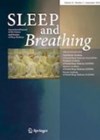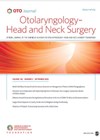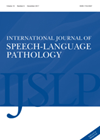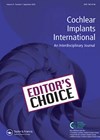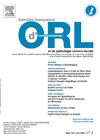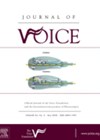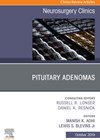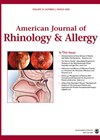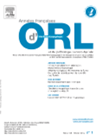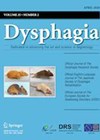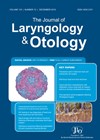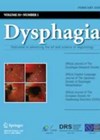
Journal Reviews
RCT: tongue retaining devices vs CPAP for OSA
This study compared the effect of a tongue retaining device versus the use of CPAP in 27 patients within a crossover RCT design. Tongue retaining devices (also known as tongue stabilising devices), are similar in appearance to a plastic tongue-sized...
Eustachian tube dysfunction usually improves following endoscopic sinus surgery
This study investigated effects of endoscopic sinus surgery (ESS) on eustachian tube dysfunction (ETD) and factors associated with improvement. This was a retrospective study which included 302 patients over 17 years old who underwent ESS between 1 December 2016 and...
Future practice: tele-rehabilitation in speech and language therapy
It is known that our population is ageing, resulting in an increase in the number of people living with progressive neurological conditions such as Parkinson’s disease. Health services endeavour to deliver specialist and personalised care to all these people, often...
Dead regions in patients with cochlear implants
The very nature of a dead region (DR) in a cochlea means that they are often found in patients who are eligible for cochlear implants. However, a variety of different hearing configurations are found in those with DRs because of...
The septum and breathing
The authors compared the improvement in nasal obstructive symptoms in two groups of patients. One group underwent septoplasty alone and the other septoplasty accompanied with compensatory turbinoplasty. They used the Nasal Obstruction Symptom Evaluation (NOSE) [12] and visual analog scale...
Patient positioning for transnasal flexible laryngoscopy
The position of a patient’s head during flexible nasendoscopy to visualise the larynx does not usually require much consideration – adequate views are almost always obtained with a patient sitting in a neutral position. Occasionally however, there will be patients...
Prolactinomas: when to operate
Prolactinomas are the most common functional pituitary adenomas, comprising 40% of all pituitary adenomas. There are consensus guidelines and several common management pathways. This article discusses the role of surgery for these patients. Following diagnosis, the goals of treatment are...
How to manage the concha bullosa in FESS
It is an interesting concept to assess how much impact the presence of a large concha bullosa (CB) has on both severity of chronic rhinosinusitis (CRS) and also postoperative outcomes after FESS. The authors accept that the paper has limitations...
COVID-19 and medical practice
The pandemic has deeply affected all types of medical and surgical practice and even publications. In this issue, the lead article was on the French consensus on ENT practice during the pandemic. In ENT practice, both patients and health workers...
Telepractice for the delivery of paediatric feeding services
During the current COVID-19 pandemic, telepractice is being heralded as the safest service delivery mode for the majority of outpatient consultations. Patients are reviewed by their healthcare specialist through video consultations, thus avoiding the need for patients to leave their...
Is canal wall down with obliteration a useful compromise between canal wall up procedure and open mastoid cavities?
Controversy has raged for many years between open mastoid cavity procedures and canal wall up techniques in terms of postoperative recidivism and ear discharge. It is generally believed that canal wall up procedures can miss hidden cholesteatoma but preserve useful...
Increasing tongue strength to reduce dysphagia: what is the potential benefit of a device driven exercise?
Weakness in tongue muscle strength and laryngeal elevation is known to have an adverse impact on swallowing function. Various swallowing exercises are often recommended to improve function of these important structures with the goal of preventing aspiration and improving swallow...

